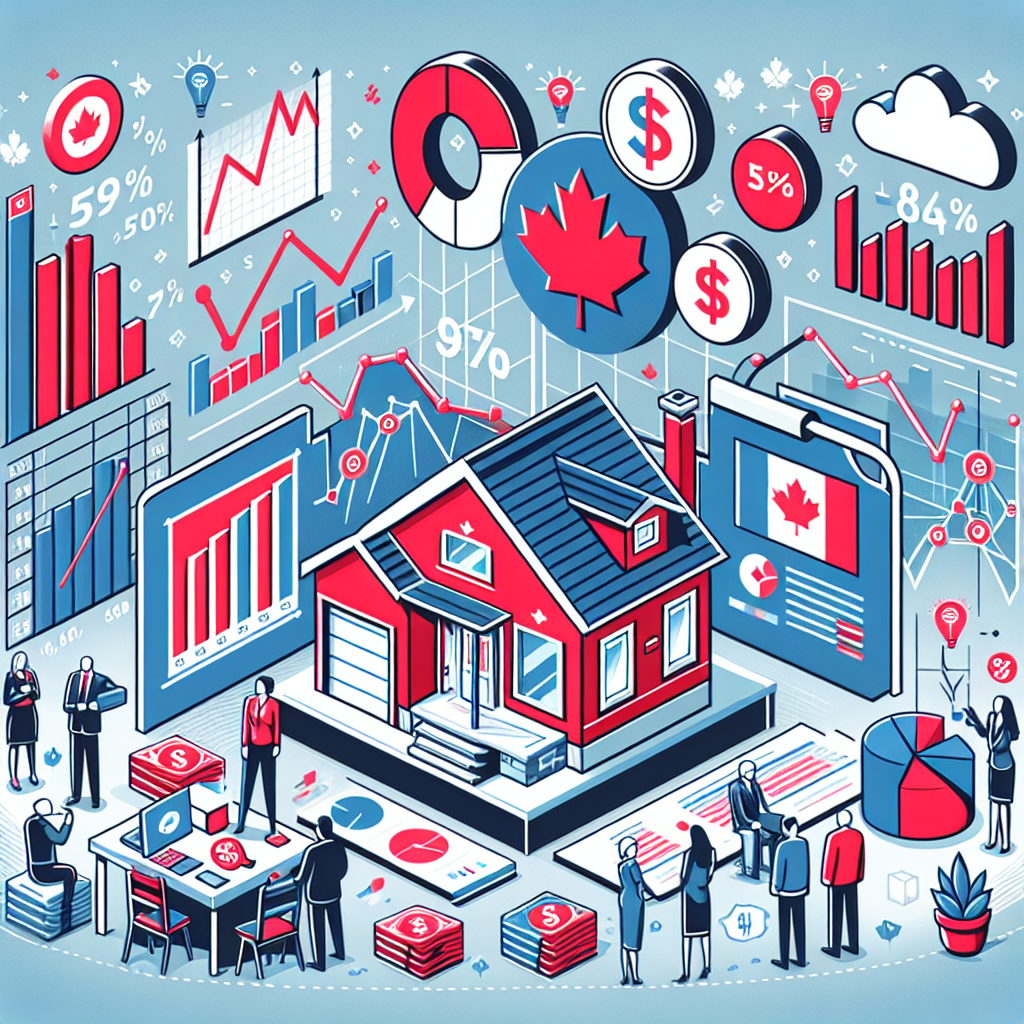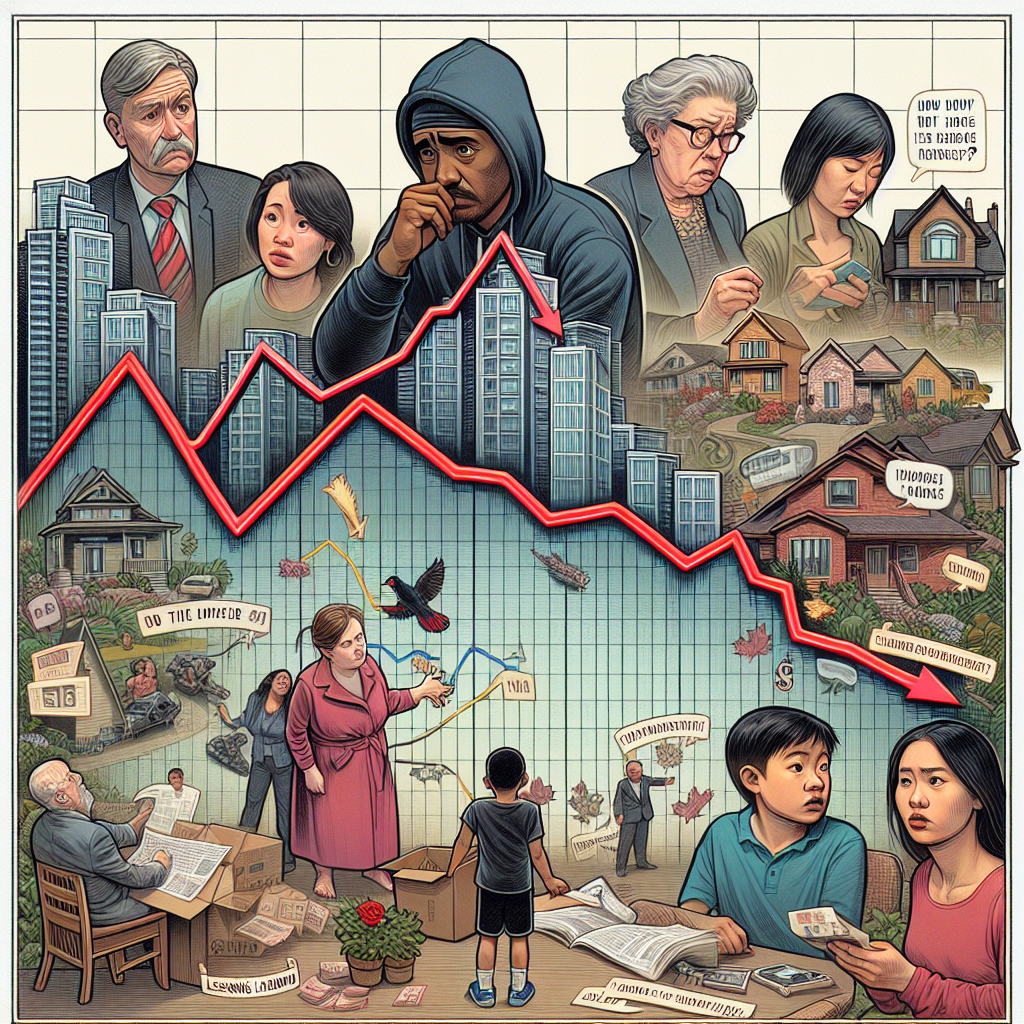-
Table of Contents
- The Canadian Real Estate Crisis: Lessons Learned
- Understanding the Crisis
- Rapidly Increasing Home Prices
- Housing Affordability Challenges
- High Levels of Household Debt
- Speculative Investment Practices
- Supply-Demand Imbalances
- Lessons Learned
- 1. The Importance of Balanced Supply and Demand
- 2. Addressing Speculative Investment
- 3. Enhancing Housing Affordability
- 4. Promoting Financial Literacy
- 5. Monitoring and Regulating the Market
- Case Studies
- Toronto: A Tale of Rapid Growth
- Vancouver: Addressing Foreign Investment
- Statistics and Data
- Conclusion
The Canadian Real Estate Crisis: Lessons Learned

The Canadian real estate market has experienced significant turbulence over the past few decades. From skyrocketing home prices to affordability crises, the landscape has been shaped by a myriad of factors. This article delves into the lessons learned from the Canadian real estate crisis, providing valuable insights for policymakers, investors, and prospective homeowners.
Understanding the Crisis
To comprehend the lessons learned, it is essential to first understand the nature and scope of the Canadian real estate crisis. The crisis is characterized by several key issues:
- Rapidly increasing home prices
- Housing affordability challenges
- High levels of household debt
- Speculative investment practices
- Supply-demand imbalances
Rapidly Increasing Home Prices
One of the most prominent features of the Canadian real estate crisis has been the rapid increase in home prices, particularly in major urban centers like Toronto and Vancouver. According to the Canadian Real Estate Association (CREA), the average home price in Canada increased by over 50% between 2015 and 2021. This surge in prices has made homeownership increasingly unattainable for many Canadians.
Housing Affordability Challenges
The rise in home prices has led to significant housing affordability challenges. The Canada Mortgage and Housing Corporation (CMHC) defines housing as affordable if it costs less than 30% of a household’s gross income. However, in cities like Toronto and Vancouver, many households are spending well over this threshold, leading to financial strain and reduced quality of life.
High Levels of Household Debt
Another critical aspect of the crisis is the high level of household debt. According to Statistics Canada, the household debt-to-income ratio reached a record high of 177.5% in 2021. This means that for every dollar of disposable income, Canadian households owed $1.77 in debt. High levels of debt can make households more vulnerable to economic shocks and interest rate increases.
Speculative Investment Practices
Speculative investment practices have also played a role in the crisis. Investors, both domestic and foreign, have been purchasing properties with the expectation of rapid price appreciation. This speculative behavior has contributed to the overheating of the market and further driven up prices.
Supply-Demand Imbalances
Finally, supply-demand imbalances have exacerbated the crisis. In many urban areas, the supply of new housing has not kept pace with demand. Factors such as restrictive zoning laws, lengthy approval processes, and limited land availability have constrained the supply of new homes, contributing to the affordability challenges.
Lessons Learned
The Canadian real estate crisis offers several important lessons for various stakeholders. These lessons can help inform future policies and strategies to mitigate similar issues.
1. The Importance of Balanced Supply and Demand
One of the key lessons from the crisis is the importance of maintaining a balance between housing supply and demand. Policymakers need to ensure that the supply of new housing keeps pace with population growth and demand. This can be achieved through:
- Streamlining approval processes for new developments
- Encouraging higher-density housing in urban areas
- Reforming zoning laws to allow for more diverse housing types
2. Addressing Speculative Investment
Speculative investment has been a significant driver of the crisis. To address this issue, policymakers can implement measures to curb speculative behavior, such as:
- Introducing or increasing taxes on vacant properties
- Implementing foreign buyer taxes
- Regulating short-term rental platforms like Airbnb
3. Enhancing Housing Affordability
Improving housing affordability is crucial for ensuring that all Canadians have access to safe and affordable housing. Strategies to enhance affordability include:
- Providing financial assistance to first-time homebuyers
- Expanding social housing programs
- Offering incentives for the construction of affordable rental housing
4. Promoting Financial Literacy
High levels of household debt highlight the need for improved financial literacy. Educating Canadians about responsible borrowing and financial management can help reduce vulnerability to economic shocks. Financial literacy programs can be implemented in schools, workplaces, and community organizations.
5. Monitoring and Regulating the Market
Effective monitoring and regulation of the real estate market are essential for preventing future crises. This includes:
- Regularly assessing housing market conditions
- Implementing macroprudential policies to manage risks
- Ensuring transparency in real estate transactions
Case Studies
Examining specific case studies can provide further insights into the lessons learned from the Canadian real estate crisis.
Toronto: A Tale of Rapid Growth
Toronto has been one of the epicenters of the Canadian real estate crisis. Between 2015 and 2021, home prices in the Greater Toronto Area (GTA) increased by over 60%. Several factors contributed to this rapid growth:
- Strong population growth driven by immigration
- Limited land availability for new developments
- Speculative investment practices
In response to the crisis, the Ontario government implemented several measures, including a 15% foreign buyer tax and rent control policies. While these measures have had some impact, the underlying issues of supply-demand imbalances and affordability challenges persist.
Vancouver: Addressing Foreign Investment
Vancouver has also experienced significant real estate challenges, with home prices increasing by over 70% between 2015 and 2021. Foreign investment has been a major driver of price increases in Vancouver. In response, the British Columbia government introduced a 20% foreign buyer tax and a speculation and vacancy tax. These measures have helped to cool the market, but affordability remains a significant issue for many residents.
Statistics and Data
To further illustrate the scope of the Canadian real estate crisis, consider the following statistics:
- According to the CREA, the average home price in Canada was $716,828 in 2021, up from $431,812 in 2015.
- The CMHC reports that in 2021, 30% of Canadian households were spending more than 30% of their income on housing.
- Statistics Canada data shows that the household debt-to-income ratio reached 177.5% in 2021.
- A report by the Bank of Canada found that speculative investment accounted for approximately 20% of home purchases in Toronto and Vancouver in 2021.
Conclusion
The Canadian real estate crisis has highlighted several critical issues and provided valuable lessons for the future. By addressing supply-demand imbalances, curbing speculative investment, enhancing housing affordability, promoting financial literacy, and effectively monitoring and regulating the market, policymakers can work towards a more stable and equitable real estate landscape. The experiences of cities like Toronto and Vancouver underscore the importance of targeted measures and ongoing vigilance in managing the complexities of the housing market.
Ultimately, the lessons learned from the Canadian real estate crisis can serve as a guide for other countries facing similar challenges, helping to create a more sustainable and inclusive housing market for all.








